In last week’s post we introduced the ShoeFit IQ technology within the Foot IDPro app. This week, let's take a little time to review classic techniques that have stood the test of time. Orthotic devices and shoes can either enhance the performance of each other or hinder their collective effectiveness. Beyond selecting the best shoe choice to mate with a custom foot orthotic device, it is important that the shoe fit both the patient’s foot as well as the orthotic device. A few tips on assuring the best shoe fit possible are presented here, many others may exist. Feet should be measured at the end of the day (they swell slightly during the day). Measure both length and width—feet often differ in size. Always fit to the larger foot. Don’t forget to check arch length (heel to ball), as this affects where the shoe flexes. Measure both length and width—feet often differ in size.
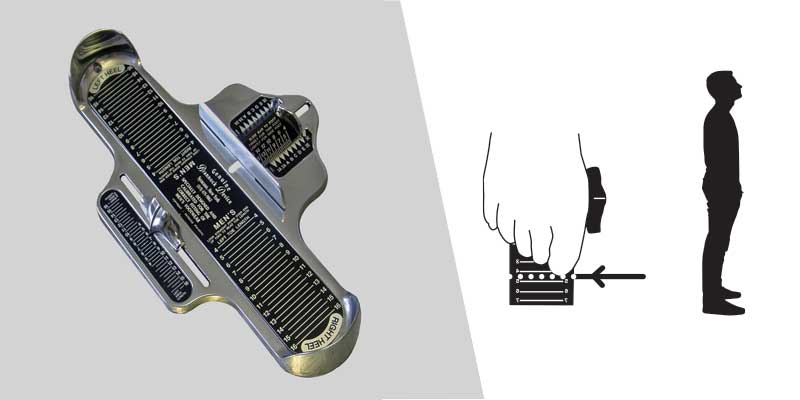
The Brannock device is used to measure each foot for overall length size, instep size and foot width. It should be used with the person standing and left and right done separately.
Heel slippage is a very common complaint caused by improper shoe fit, particularly with a custom foot orthotic with an extrinsic rearfoot post. Generally this type of orthotic will cause the foot to ride slightly higher within the heel of the shoe than the standard insole or sock liner. To check for adequate, yet not excessive shoe heel width, no more than two fingers are able to fit in the heel of the shoe with the wearer standing in the shoe. The assumption is this is a new shoe, with an allowance for stretching out of an older shoe.
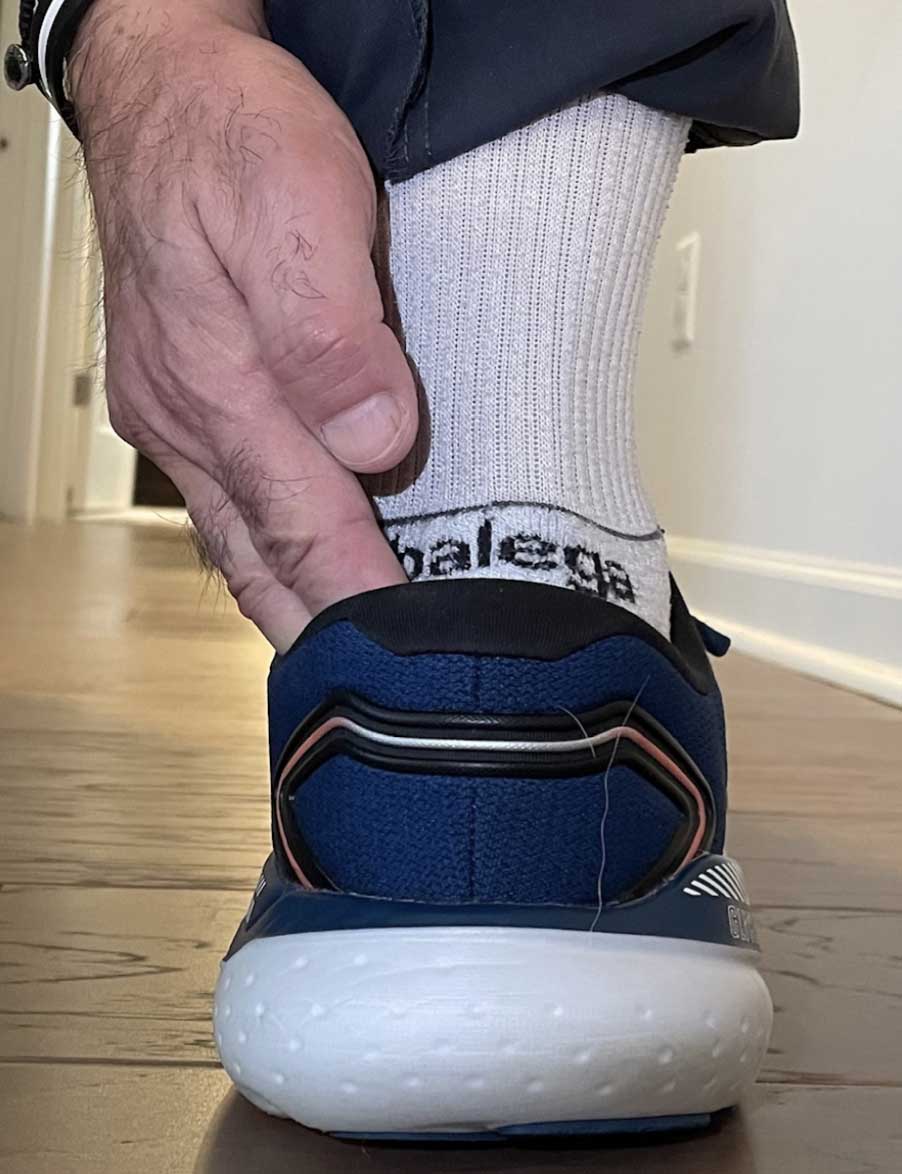
An additional test for heel width is to have the shoe wearer raise their heel up and down within the shoe while someone else firmly grasps the heel of the shoe. If the person’s heel raises and lowers one inch or less then the heel width is correct, any greater than one inch then the heel is too wide, and another shoe should be considered.
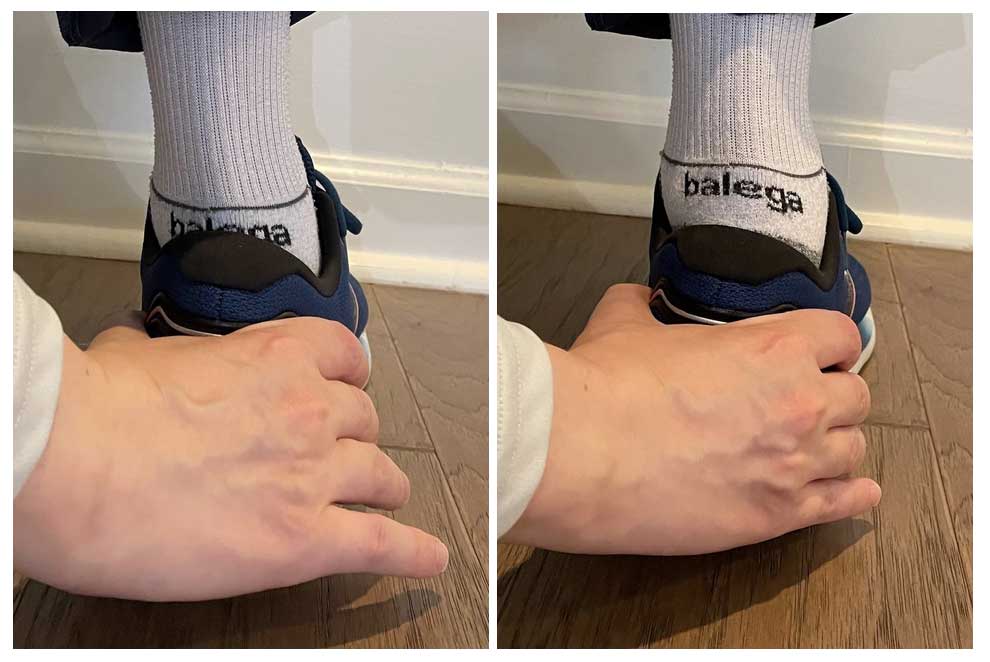
Generally, shoe size is determined by the distance between the back of the heel and the instep of the foot. To check for correct shoe length size the widest part of the foot should align with the widest part of the shoe. Modern shoe construction can often make this determination difficult. An alternative is to have the wearer raise and lower their heel and check if the shoe bends in the forefoot in the same location as the actual foot bends.
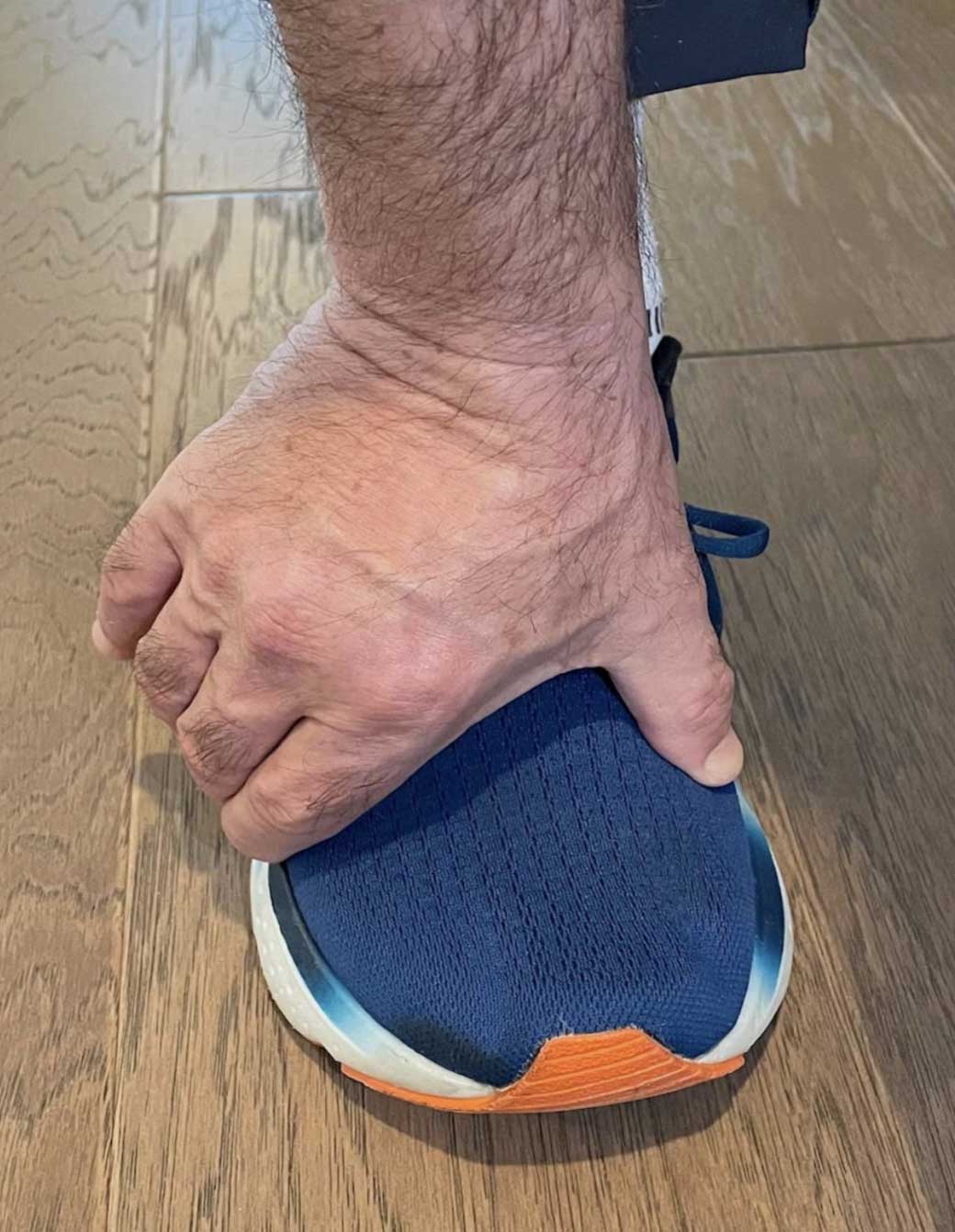
Check for adequate forefoot width. Run your thumb across the top of the shoe in the forefoot area. You should be able to create a small ripple in the material as you perform this. If you can gather up the material in your fingers, then the shoe is likely too wide. If no ripple occurs, then the shoe may be too narrow. Again, you can assume the shoe may stretch out over time, so take this fact into account. Shoe width issues may sometimes be adjusted in how the shoe is laced, so familiarity with lacing techniques is encouraged.
Check for proper room in the toe box area, the rule of “thumb” is one thumb width of room beyond the longest toe. A further tip is to check this with the wearer standing, and preferably when the feet are not too swollen. Always assume expansion of the feet during the course of the day from prolonged standing and walking. If the shoe seems to fit in the instep, but is too short in the toe area, then this shoe is not a good choice, and don't attempt to size it up just to accommodate an inadequate toe box.
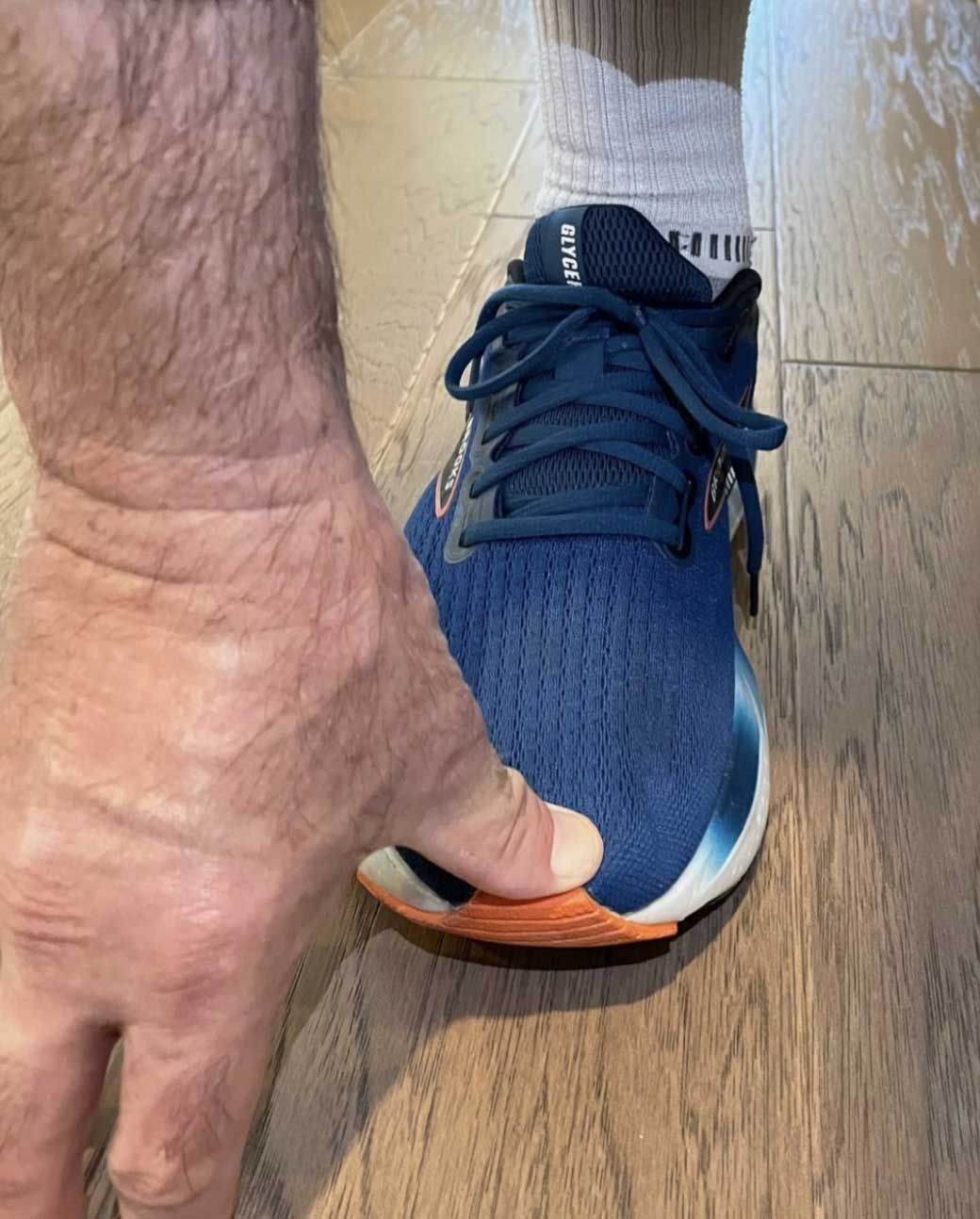
Stand up in the shoes, feet spread and flatten under body weight.Walk around on both hard and soft surfaces if possible. Re-evaluate regularly. Foot shape can change with age, weight, pregnancy, or injury. Re-measure feet every 6–12 months. Replace shoes every 300–500 miles (for athletic shoes) or when soles/uppers deform.
Signs of a poor fit include the toes getting numb or tingly, blisters or calluses in new spots. Heel slipping or toe crowding. Shoe creasing across the ball of the foot (wrong flex point)
Simple techniques such as these can be the determining factors in the ultimate success or failure of your custom foot orthotic treatment plan. Instructions to your patients or clients in these techniques will benefit them greatly as they shop for shoes in stores with untrained sales people, self help retail outlets, or if they shop online. Encourage them to buy only from sources that offer a liberal return policy should the shoe not fit properly, or otherwise perform inadequately.





